| Sharon Bareket, Blue and Khaki, Herzliya Museum, 2006 (exhibition text) | | | | -I- | | | In recent years Sharon Bareket photographs local youth movements. The Blue and Khaki colors of the youth movements are the quintessential symbols of the Israeli Sabra in the collective consciousness. They represent the crème de la crème, idealistic youth who contribute to the country; they are the salt of the earth, the future. The Blue and Khaki reflect the nostalgic or critical view of the past. They are the colors of work clothes and army uniforms ('Hebrew work,' 'Hebrew army'). They signify the pioneering youth who realize the ideals and build the homeland; they are the preparation for “Nahal” (pioneering combatant youth) and the country's settlement. They are the sanctification of the collective, of socialism and cooperation. They are the individual who sacrifices himself for the collective.
Blue and Khaki are also the colors of the country's flag that has faded, become soiled, and has absorbed the marks of time. The viewer observes the youth movements through the personal and collective memory, and through acquaintance with their ideologies and their role in shaping the New Israeli and his spiritual, cultural and ideological world. The uniform costumes indeed appear foreign in the current reality, as if the photographed subjects had been forced into a setting from another place and another time. The cypress trees, military formations, flags, and concrete wood construction hint at the disciplined Israeli place of the olden days, as indicated by one of the signs in the Yarkon Tel Aviv Scouts chapter (2005): "The Great Forest in itself believes." In contrast, the bodily postures, the fashion accessories, the way in which the uniform is worn, the interrelations within the group – all these indicate the current place and time. Equipped with cell phones, Lance Armstrong-type bracelets, piercing, and other trendy items, wearing ties and laces adorned with pins and beads that bear a personal imprint, they articulate the individual's new place within the group, his need to distinguish himself, and the general zeitgeist. Wordlessly, the photographs allude to the crisis and transformation undergone by Israeli society, a process that started materializing after the Six Day War (1967), and has involved the shattering of myths and "sacred cows," challenging values and norms and individual empowerment at the expense of the collective. | | | | -II- | | | Bareket's youth movement photographs focus on the individual and the group. Bareket embarks on a journey to various youth movement chapters in Israel's center and periphery. She does not attempt to document, research or map the youth movements, nor generate a photojournalistic narrative of this phenomenon. Rather, she strives to touch upon the photographic subjects, namely the people and the situation in which they are depicted. As a photographer who is primarily interested in the human being and his inner, emotional condition, in the series Blue and Khaki she studies the interrelation between the individual and the group, his place within it, his sense of belonging, and his identity. The youth movements, and especially the adolescent age group – a perplexing time of life – furnish her with fertile ground for exploration of personal and interpersonal relations, individual and collective mindsets.
Many of the photographs appear incomplete, characterized by a type of absence, flaw or instability Even the most beautiful, ostensibly perfect portraits, convey a sense of distress. At times it is the gaze or the hand's gestures; at others it is the dress code or the way in which the body is carried, which hint at restlessness, incongruity and imperfection under the surface. The unpopulated chapters, the lifeless yards, and the deserted structures which she explores for the first time, also contribute to the sense of distress and restlessness. The tension created between these and the "frugal," non-dramatic photographic language, however, is one of the tools preventing all the minor flaws, the tensions, and the sense of emptiness from becoming strident, from standing out or "screaming," enabling them to emerge as hinted and restrained. This fact demands attention and attentiveness, introspection and concentration from the viewer in order to relate and identify those points that generate the photograph's punctum.*
| | | | -III- | | | According to Bareket, Blue and Khaki is not only a political state, but also a personal and collective mental state. The very existence of the youth movements may appear, at first sight, associated with the nascent, pre-crisis era, with a time of grand ideologies, vision, realization, and pathos. Bareket however, conscious of the political interpretation that her photographs may invoke, addresses this through the individual, and via his confrontation with the collective and a framework of ideology and values deeply rooted in Israel’s past.
| | | * "… for punctum is also: sting, speck, cut, little hole – and also a cast of the dice. A photograph's punctum is that accident which pricks me (but also bruises me, is poignant to me)."
-- Roland Barthes, Camera Lucida: Reflections on Photography, trans.: Richard Howard (New York: Hill and Wang, 1981), p. 27.
Sharon Bareket (1967) was born in Israel. Lives and works in Tel Aviv. | | | | See the Museum Web-site | | |
| | | | 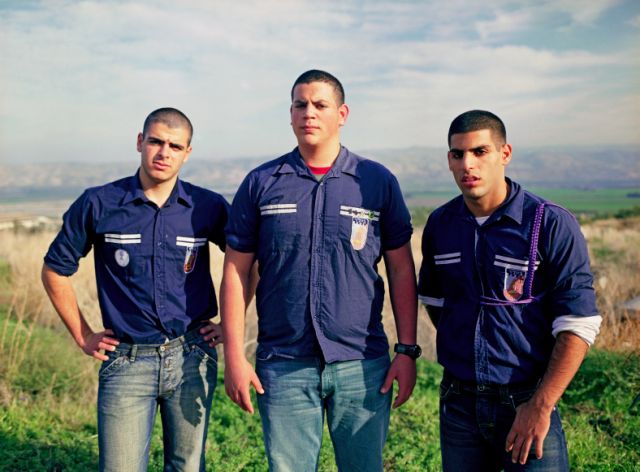 | | Sharon Bareket 1 | | | 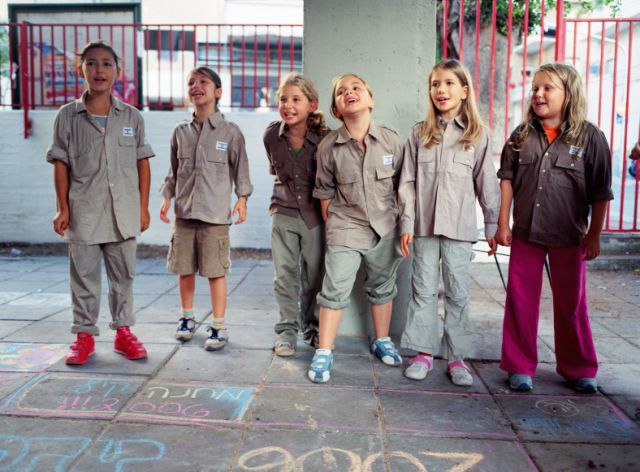 | | Sharon Bareket 2 | | | 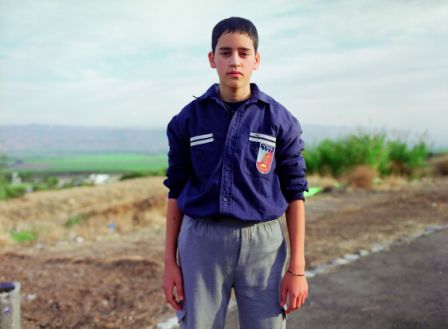 | | Sharon Bareket 3 | | | 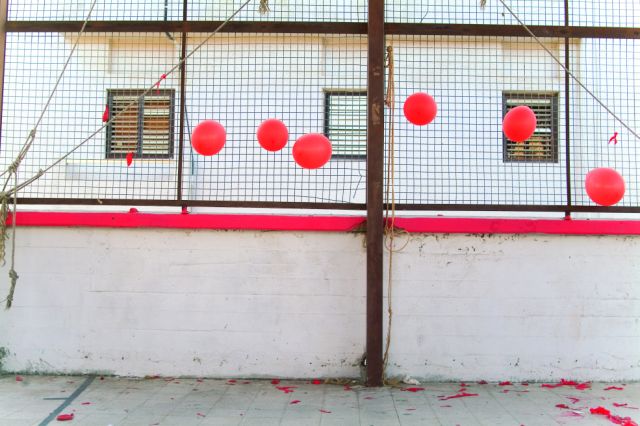 | | Sharon Bareket 4 | | | 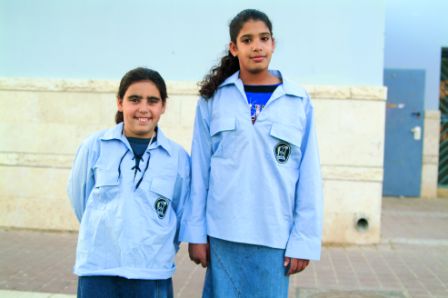 | | Sharon Bareket 5 | | |
|
|
| |
|
|
|